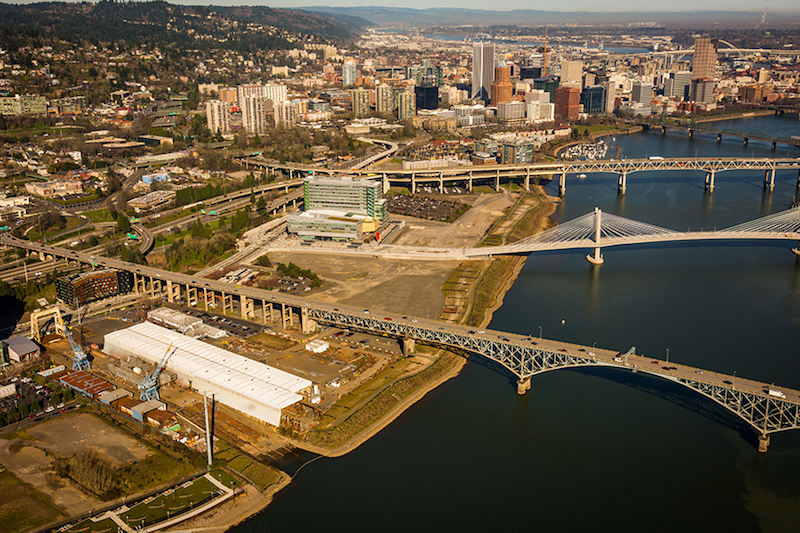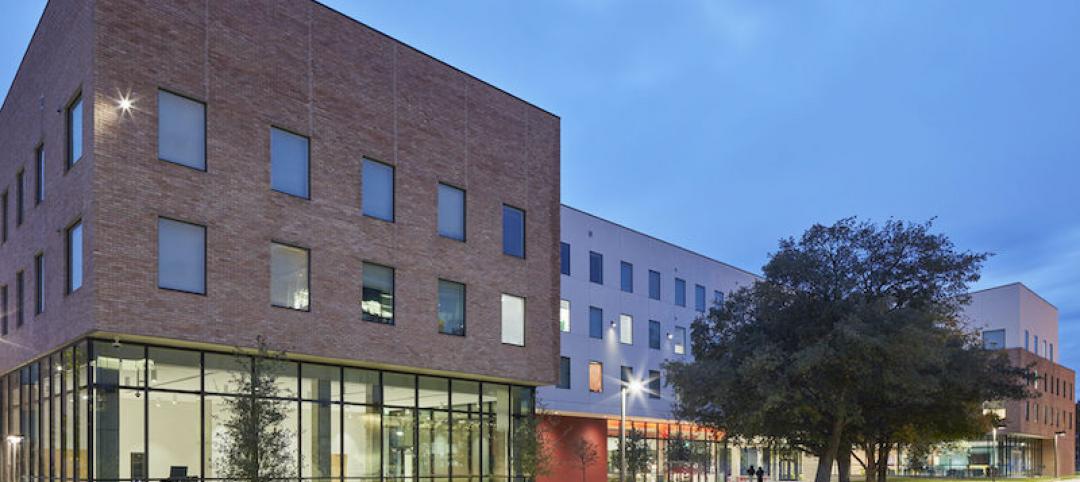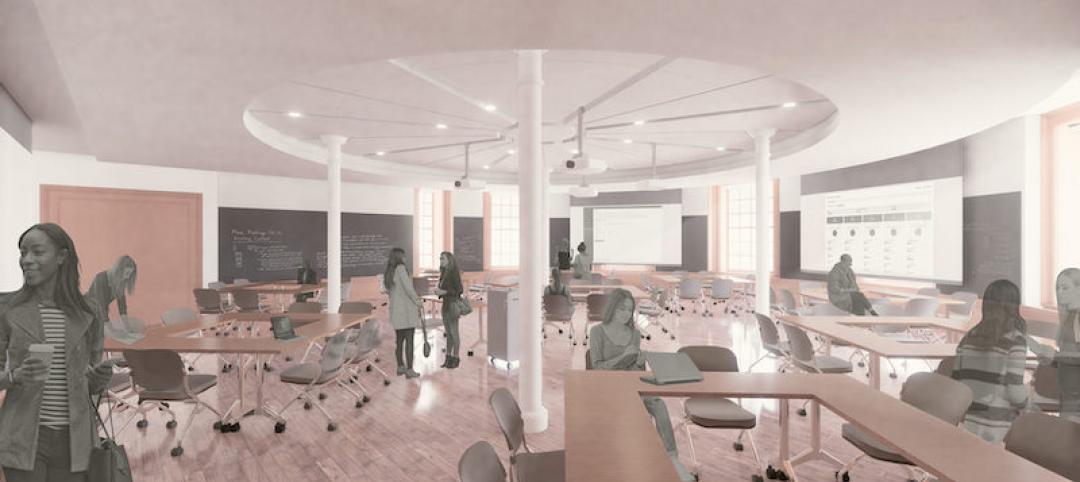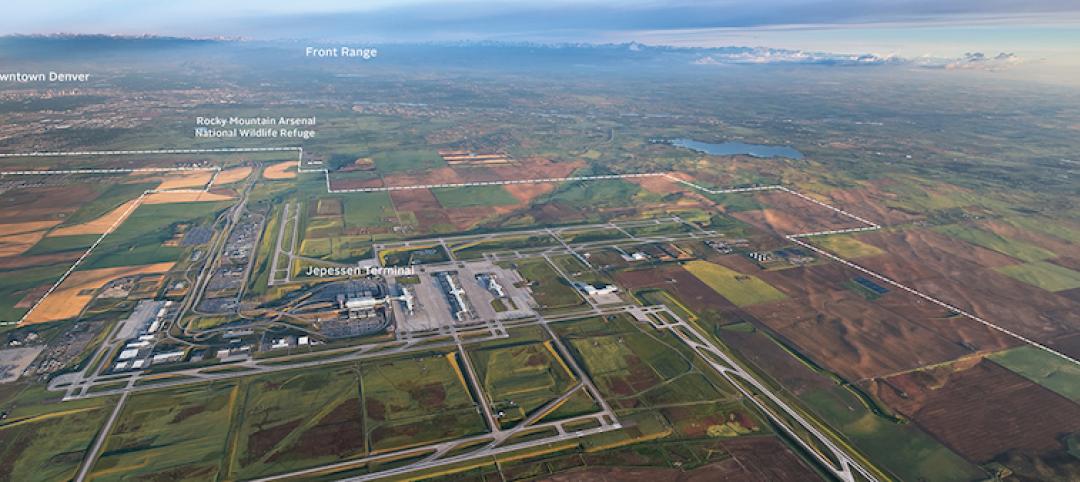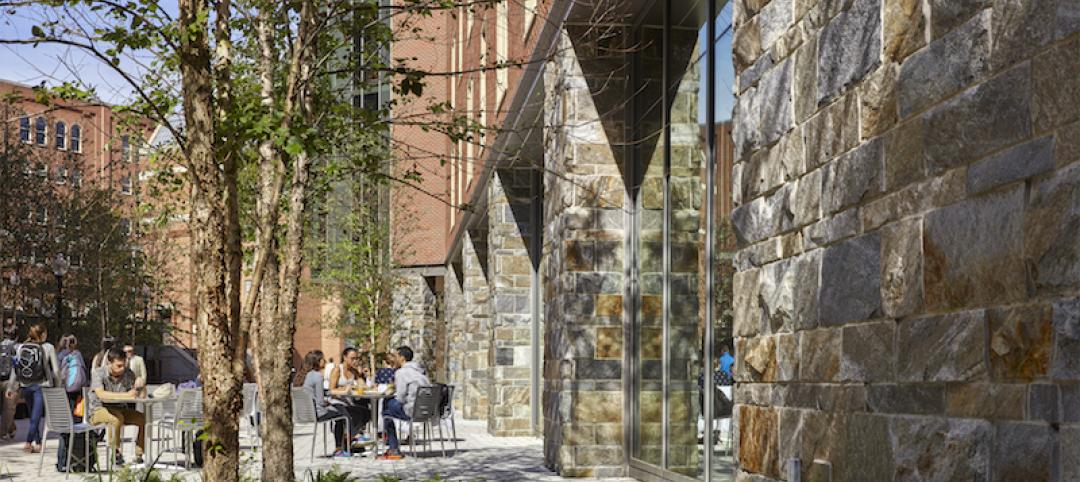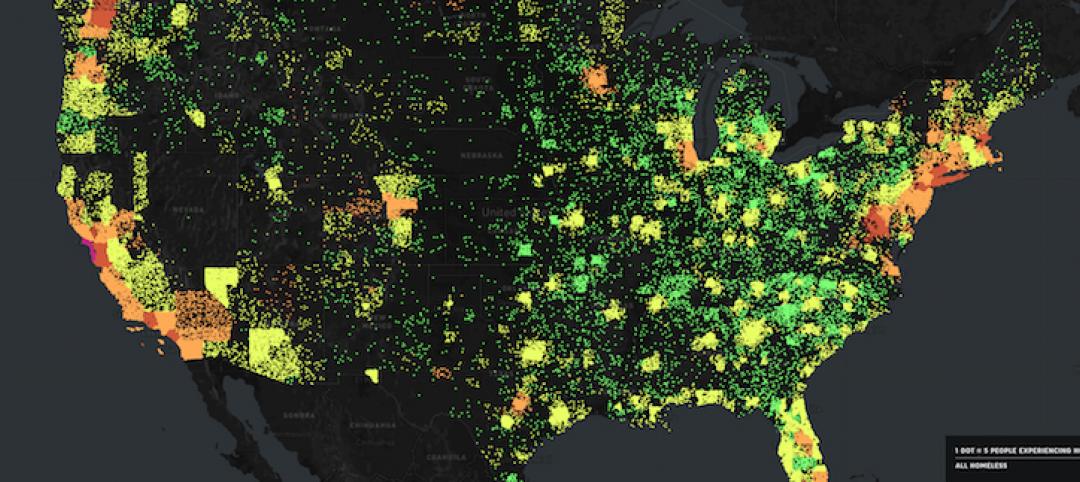London, Rio, New York, Shanghai. These are some of the world’s most vibrant and beloved cities—successful, in part, because of their proximity to bodies of water. Their identities and trajectories as world-class cities are intertwined with the rippling ribbons and expansive liquid sheets that lap at our feet, continuously reminding us city dwellers of our smallness before nature. People seem to experience this gravitation toward the water’s edge acutely and we traverse concrete and asphalt just to gaze out over an open expanse or to dip our toes in the blue stuff.
In 2015, Sasaki conducted a survey of 1,000 city dwellers from six American cities about what qualities make for a great city. Nearly fifty percent said waterfronts were their favorite urban open space, chosen over small urban parks, trails, and large open parks. There’s something about water that innately draws us to it. But what draws people to waterfronts, and why are they entwined with our imagination of world-class cities? Scholars, scientists, urban planners, and others have all considered these questions.
Some argue that our love of bodies of water is a matter of science. The late philosopher Denis Dutton, in a 2010 TED talk, “A Darwinian Theory of Beauty,” argued that human attraction to bodies of water is universal in part because they ensured our survival in key stages of human evolution. Examining evolutionary psychology and aesthetic preferences, he reveals that the most universally appreciated landscapes, regardless of a viewer’s culture or country of origin, are those which “show the presence of water directly in view or evidence of water in a bluish distance…a path or a road, perhaps a riverbank or a shoreline that extends into the distance, almost inviting you to follow it.” Dutton contends this universal appreciation of water-laden landscapes is why they are endlessly reproduced in print and referenced in design.
Authors, too, have explored humanity’s innate longing to interact with water. Indeed, urban waterfronts have been the setting for some of the most striking scenes of novels from Moby Dick to The Great Gatsby. In the first pages of Moby Dick, while describing Manhattan’s bustling docks, Melville ruminates that “water and meditation are wedded forever.”
In our own meditations as urban planners and designers, we recognize how essential waterfronts are to cities and how precious they are to people. Throughout history, founders strategically sited their cities along the shores of oceans and the banks of rivers to have access to a valuable transportation link that could yield trade and industrial advantages. But overuse during the industrial boom years of rapid development left many of these vital waterways polluted and unwelcoming. Over the last century, many of these same cities who neglected their waterways during periods of growth have pivoted to restoring their waterways to their proper status as precious resource, cherished amenity, and universal connector.
In our more than 60 years as a practice, we have planned waterfronts across the globe, from Charleston’s Waterfront Park and Boston’s Harborway to the Chicago Riverwalk and the Wilmington Waterfront Park in Los Angeles. Although each of these city’s waterfronts were unique, each design was anchored by a strategy that returned the waterfront to the people.
Many clients today see waterfront revitalization projects as legacy projects, keenly aware of the impact a vibrant waterfront can have on the health and prosperity of their citizens for generations to come. More than ever, cities aim to ensure development is balanced along their shores to maintain public connection to the water’s edge. It means undertaking aggressive cleanup, encouraging a balanced approach to real estate development, cultivating a lively public realm, and emphasizing connections back into the city fabric.
More from Author
Sasaki | Feb 5, 2024
Lessons learned from 70 years of building cities
As Sasaki looks back on 70 years of practice, we’re also looking to the future of cities. While we can’t predict what will be, we do know the needs of cities are as diverse as their scale, climate, economy, governance, and culture.
Sasaki | Aug 6, 2021
Microclimates and community
Creating meaningful places that contribute to a network of campus open spaces is a primary objective when we design projects for higher education.
Sasaki | Apr 12, 2021
I’ll meet you right outside: Microclimates and community
These high quality exterior gathering places are increasingly important in supporting community.
Sasaki | Feb 16, 2021
A humanistic approach to data and design in the COVID era
As the COVID crisis continues to disrupt higher education, Sasaki is working with our campus clients on space planning initiatives that harness data to uncover solutions to complex challenges never before faced by college and university leaders.
Sasaki | Jul 28, 2020
Post-pandemic workplace design will not be the same for all
Regardless of whether it takes 3 or 18 months to fully return to work, it is clear the long march toward re-emergence from this global pandemic will likely be more of a gradual re-opening than a simultaneous return to life as we knew it.
Sasaki | May 31, 2018
Denver's airport city
Cultivation of airport cities is an emerging development strategy shaped by urban planners, civic leaders, airport executives, and academics.
Sasaki | Feb 12, 2018
Stormwater as an asset on urban campuses
While there is no single silver bullet to reverse the effects of climate change, designers can help to plan ahead for handling more water in our cities by working with private and public land-holders who promote more sustainable design and development.
Sasaki | May 26, 2017
Innovations in addressing homelessness
Parks departments and designers find new approaches to ameliorate homelessness.
Sasaki | Dec 14, 2016
The future of libraries
The arrival of programs that support student and faculty success such as math emporiums, writing centers, academic enrichment programs, and excellence-in-teaching centers within the library, heralds the emergence of the third generation of academic library design.
Sasaki | Dec 9, 2016
Between floods: Resiliency and urban regeneration
It’s useful for planning for the “worst-case scenario”, but it is important to remember that major floods can happen at any time.

